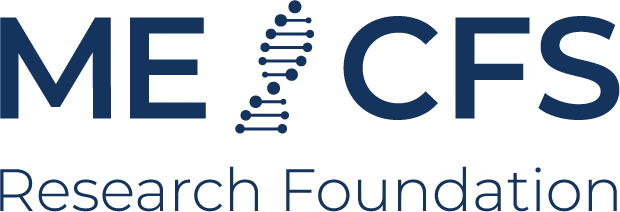Immune profiling and blood morphology analyses
About
Links
Project description
The BioSig-PEM research network's approach will provide critical insights to develop novel disease-based diagnostic and therapeutic intervention points for ME/CFS.
ME/CFS is a complex and highly debilitating disease for which there is currently no proven therapy. Post-exertional malaise (PEM) is the cardinal symptom of ME/CFS. It is not yet clear why certain patients develop PEM and whether there are diagnostic options to predict or even prevent the manifestation of PEM. BioSig-PEM pursues the hypothesis that repeated single acute stresses unmask different molecular patterns of PEM. The overarching goal of the consortium is to identify key pathobiological signatures of PEM phenotypes in ME/CFS in order to create the basis for new diagnostic, preventive and therapeutic approaches. BioSig-PEM pursues the following sub-goals for the clinical phenotyping of ME/CFS:
1) comprehensive clinical phenotyping of ME/CFS patients at three clinical centers (Jena, Berlin, Munich);
2) identification of PEM-associated pathobiological immuno-metabolic signatures and multimodal brain imaging for the effects of repeated short-term physical stress; and
3) identification of molecular markers of the endothelium and host-microbiome co-metabolism.
At the University Hospital Jena, in addition to the standardised clinical recording and characterisation of ME/CFS patients, exercise-induced immuno-metabolic signatures are analysed and Raman spectroscopy and multimodal brain imaging are used to gain a deeper understanding of individual PEM phenotypes.
Description adapted from project website: see link above.
Patient cohort
Not available.
Patients enrolled: Not available
Age group: Not available
